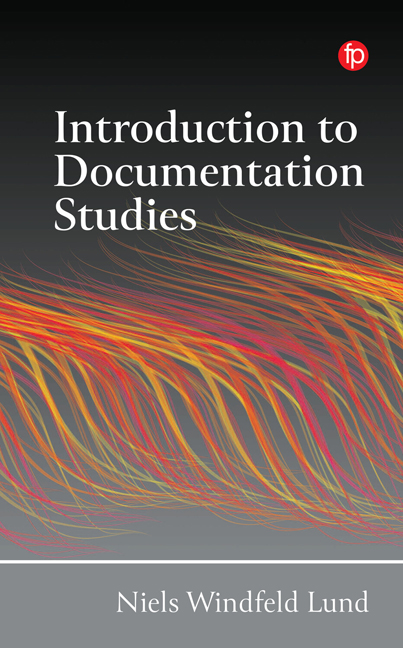 Introduction to Documentation Studies
Introduction to Documentation Studies Summary
Documentation in human life: a scream as the first document in Life
When the umbilical cord is cut immediately after their birth, the baby screams, and by that action creates their first document. The scream demonstrates that they are alive and have a voice. It documents that they are a human being. The baby uses their voice to show the world that they are a human being. They will probably use their eyes, body and gestures in addition to their voice, but if they were mute it would be difficult for other people to be aware of them if they were not right next to each other. The voice matters as an instrument for a human being’s survival. If one is not able to use that instrument, one needs other instruments to document to other people that one is alive: to one’s parents, siblings, grandparents, to nurses, etc.
Just as much as the baby needs their voice to scream, their mother and father need to be able to listen, to have a hearing organ and not to be deaf. The act of listening and hearing the scream is just as much an act of documentation as the screaming. The mother creates her own document by distinguishing the sound waves as a scream in contrast to chaotic noise, using her ears and her brain to hear and to identify it as a scream. If the mother is in another room, it may be difficult to hear the baby scream and she may use a microphone and a small loudspeaker to transmit the scream. If she has impaired hearing, she may use hearing aids to hear her baby. Both the embodied voice and the microphone are instruments for documentation, just as pen, paper, and computer are for writing and reading stories and messages beyond one’s immediate surroundings.
If you cannot document, you cannot communicate. Communication is about making something common, to share something with other people, to create a community. To share something with other people, to be a part of the community, it is necessary to get their attention – by screaming, for instance; and people need to be able to hear it. The very first community that a human is a part of is their family, and the next community will be either the local community or the nation they will belong to.
- Type
- Chapter
- Information
- Introduction to Documentation StudiesComplementary Studies of Documentation, Communication and Information, pp. xxv - xxxPublisher: FacetPrint publication year: 2024


